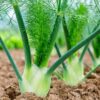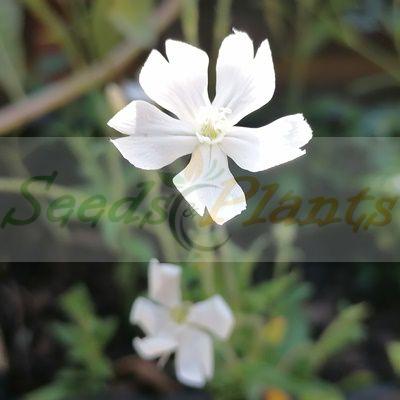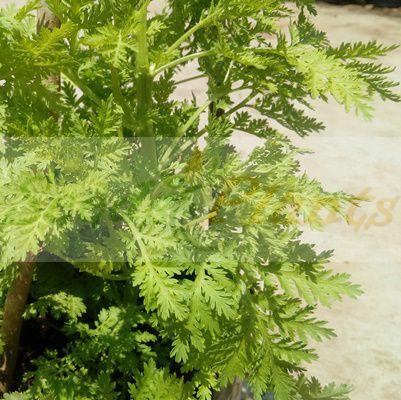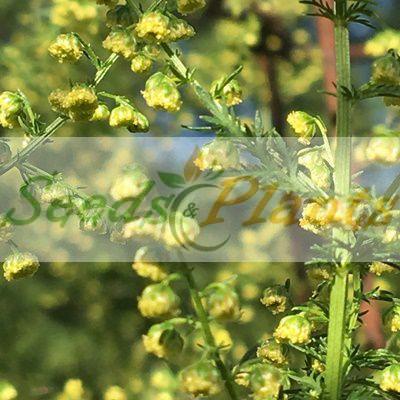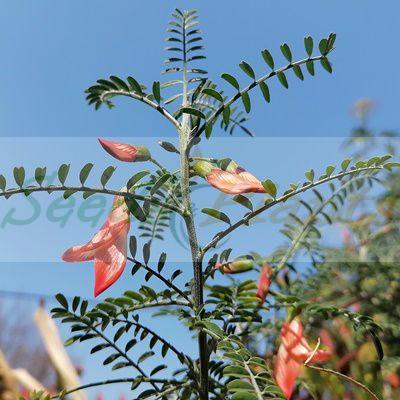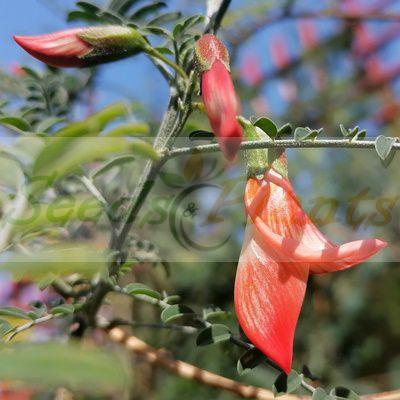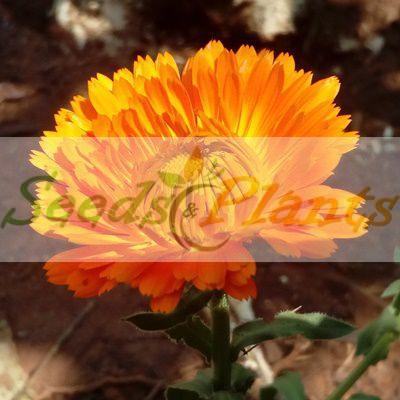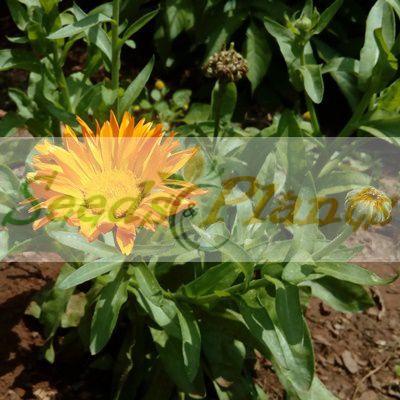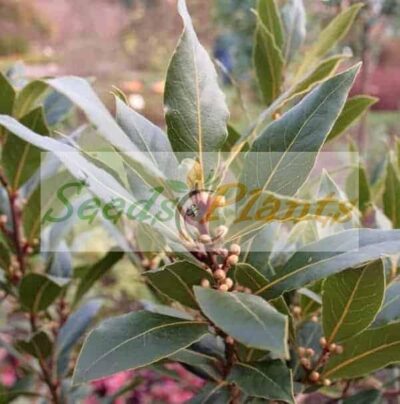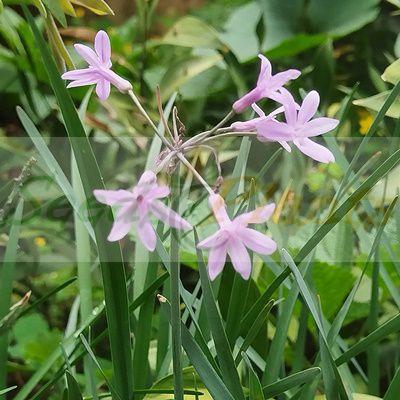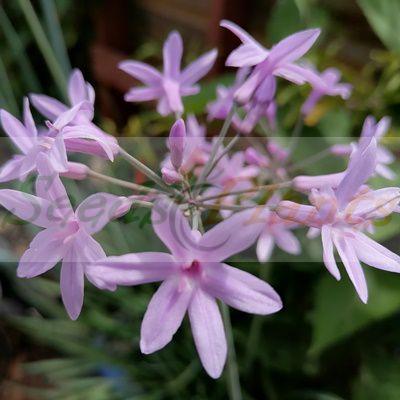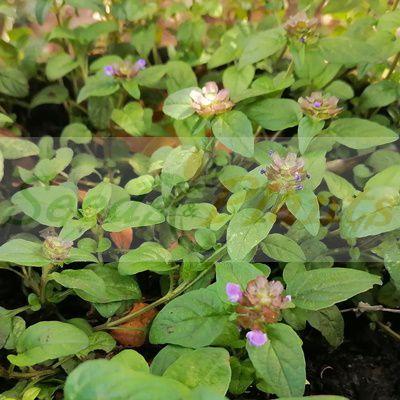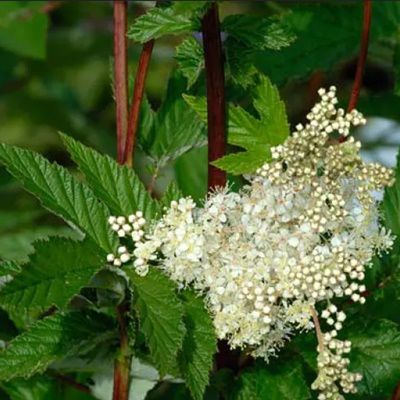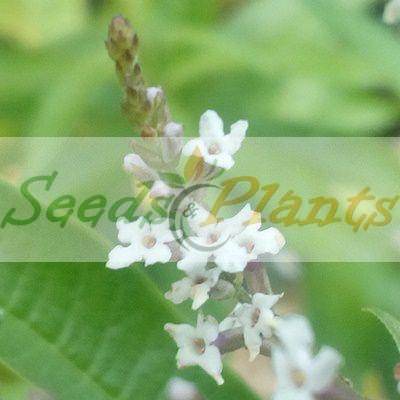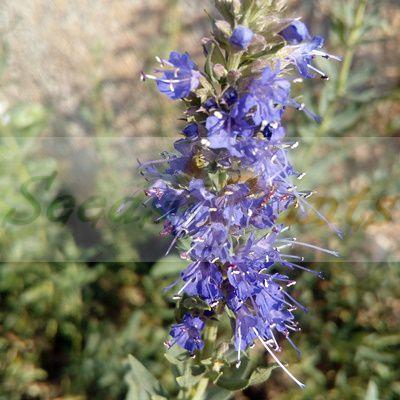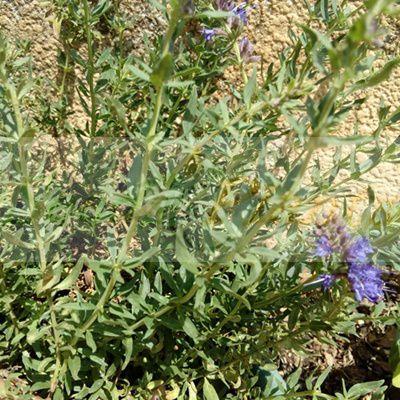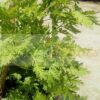🌿 Herbal Quick Facts
Medicinal Info
- 🌍 Origin / Region: Asia
- 🌿 Medicinal Part: Flower, Leaf, Stem
- 🍵 Herbal Preparation: Decoction, Extract / Tincture, Infusion / Tea, Inhalation, Poultice, Powder
- ⚕️ Healing System: Chinese Traditional Medicine
Growth Traits
- 🌱 Life Cycle: Annual
- 🌾 Plant Type: Herbaceous Annual
- 🦋 Pollinator Method: Attracts Bees, Attracts Butterflies
- 🪴 Growth Habit: Bushy, Upright
- 🌸 Flower Color: Yellow
Growing Requirements
- 🌞 Sun Exposure: Full Sun
- 💧 Water Needs: Avoid Overwatering, Moderate Water
- ☀️ Growing Conditions: Drought Tolerant, Frost Sensitive, Heat Tolerant, Not Cold Tolerant
- 🟤 Soil Preference: Tolerant of most soils, Well-Drained
Sweet Wormwood Seeds – 0.5g
(Artemisia annua)
R50.00
Sweet Wormwood is a common type of wormwood native to temperate Asia and has been used for centuries in its dried form in wreaths and other aroma projects. The plant also has medicinal uses and In Traditional Chinese Medicine the plant is referred to as Qing Hao.
Common Names: Sweet wormwood, sweet annie, sweet sagewort, annual mugwort or annual wormwood.
Sold in 0.5g packets – Seed count of approximately 500+ seeds mixed with some chaff. (The seeds are very small and difficult to separate from the chaff).
Seed Type: Organic – Harvested from our own plants.
Indoor Sowing: Late Winter and Early Spring.
Direct Sowing: Not Recommended.
In stock
🌿 Herbal Quick Facts
Medicinal Info
- 🌍 Origin / Region: Asia
- 🌿 Medicinal Part: Flower, Leaf, Stem
- 🍵 Herbal Preparation: Decoction, Extract / Tincture, Infusion / Tea, Inhalation, Poultice, Powder
- ⚕️ Healing System: Chinese Traditional Medicine
Growth Traits
- 🌱 Life Cycle: Annual
- 🌾 Plant Type: Herbaceous Annual
- 🦋 Pollinator Method: Attracts Bees, Attracts Butterflies
- 🪴 Growth Habit: Bushy, Upright
- 🌸 Flower Color: Yellow
Growing Requirements
- 🌞 Sun Exposure: Full Sun
- 💧 Water Needs: Avoid Overwatering, Moderate Water
- ☀️ Growing Conditions: Drought Tolerant, Frost Sensitive, Heat Tolerant, Not Cold Tolerant
- 🟤 Soil Preference: Tolerant of most soils, Well-Drained
Sweet Wormwood (Artemisia annua) is also known as sweet annie, sweet sagewort, annual mugwort or annual wormwood. It is a common type of wormwood native to temperate Asia. The plant grows tall and has a fern like leaf, tiny cream-yellow colored flowers and is aromatically fragrant. Sweet Annie has been used for centuries in its dried form in wreaths and other aroma projects.
Sold in 0.5g packets. Each Packet contains approximately 500+ Sweet Wormwood Seeds mixed with some chaff. (The seeds are very small and difficult to separate from the chaff)
Sweet Wormwood Medicinal Benefits
Cultivation and commercialization of this plant are largely due to the presence of an active chemical found in the plant called artemesinin. In Traditional Chinese Medicine the plant is referred to as Qing Hao and has been used for over 2,000 years to help in the treatment of various conditions.
- Sweet Annie is used most commonly for malaria.
- It is also used for bacterial infections such as dysentery and tuberculosis.
- In the treatment of illnesses caused by worms, other parasites, and mites.
- It is also used to treat fungal infections and viral infections such as the common cold.
- Other uses include treatment of upset stomach, fever, jaundice, psoriasis, autoimmune disorders, loss of appetite, blood vessel disorders, constipation, gallbladder disorders, stomach pain, painful menstruation, and rheumatism.
Growing Sweet Wormwood
Indoor Sowing: Late Winter and Early Spring.
Direct Sowing: Not Recommended.
- Indoor Sowing – Sow 5-6 weeks before last frost.
- Barely cover the seed. Bottom water or mist to avoid covering the seed with displaced soil.
- Transplant to cell packs or larger containers when the seedlings have the second set of true leaves.
- Harden off and transplant outside after the danger of frost has passed.
- Grow in full sun or part shade.
- It tolerates most soils if well-drained, and it requires little care once established.
- It needs only average moisture and will grow even under quite dry conditions.
- This annual comes back every year through self-sowing.
Does this plant have medicinal uses?
Traditionally, Sweet Wormwood Seeds has a history of use in Chinese Traditional Medicine. Seeds are sold for cultivation purposes only.
Disclaimer
Medicinal Information:
All medicinal information on this website is for educational and informational purposes only and may not be construed as medical advice. The information is not intended to replace medical advice or treatment offered by healthcare professionals.
Seeds, Plants, Plant Cuttings, Geophytes and Dried Herbs:
In some countries and provinces, certain plants are deemed as invasive and are not allowed to be planted at all, whilst some plants are allowed to be grown only in certain areas or provinces. The onus is on you as the buyer to familiarize yourself with the regulations pertaining to your location, before purchasing any of our seeds, plants, plant cuttings, geophytes or dried herbs. We will not be held liable, should you purchase any seeds, plants, plant cuttings, geophytes or dried herbs. from us which are prohibited in your country or province.

